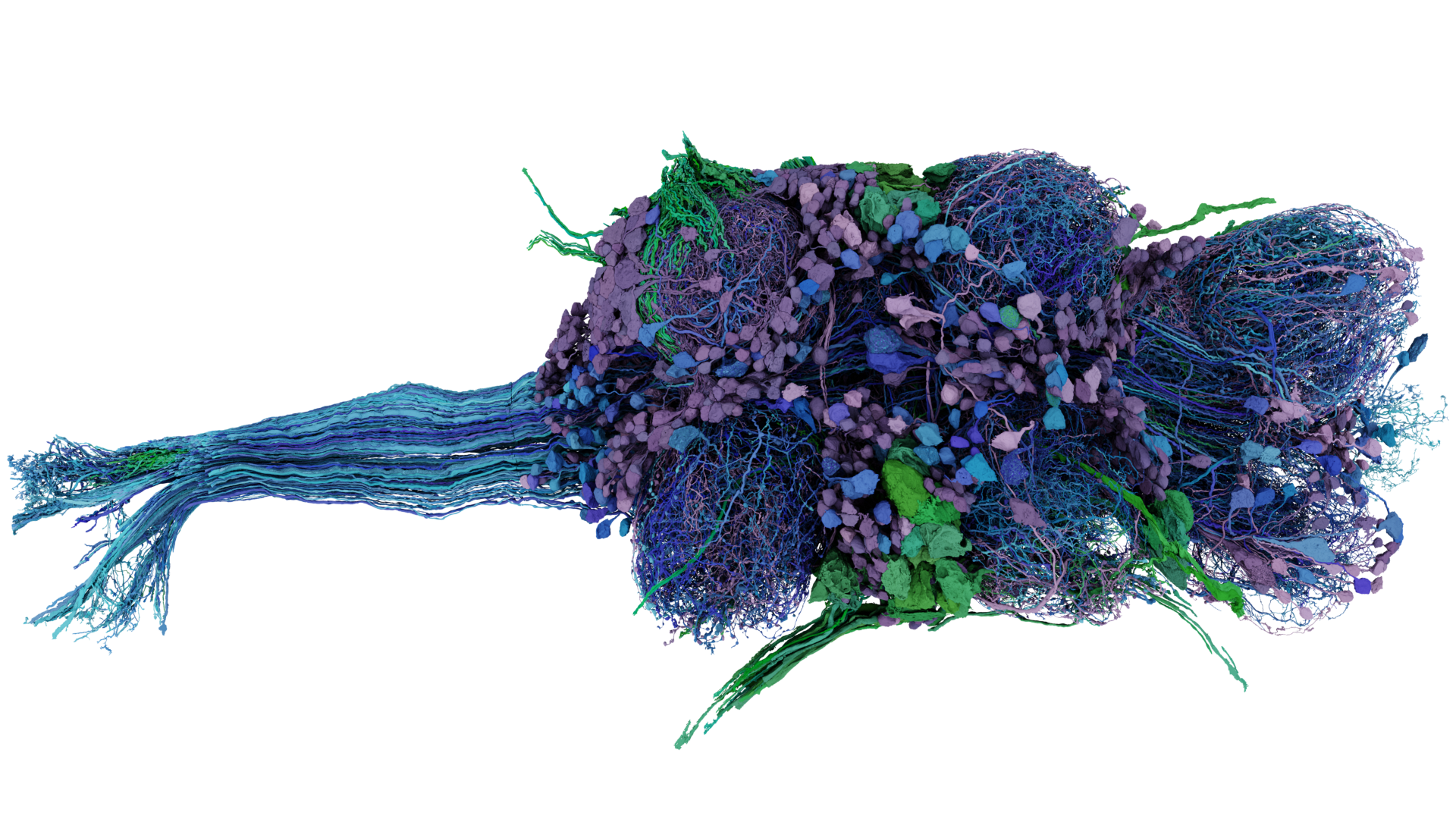Beth Buffalo will lead the University of Washington team in a multi-center $22.5 million, four-year effort to develop next-generation technologies to restore memory function in individuals who suffer from memory loss. The project, which is in support of President Obama’s BRAIN (Brain Research through Advancing Innovative Neurotechnologies) initiative, will combine research on the basic mechanisms of memory function with the development of systems designed to electrically stimulate discrete regions of the brain.
Beth will work in collaboration with Dr. Jeffrey Ojemann, Professor of Neurology, and Dr. Nathan Kutz, Professor and Chair of Applied Mathematics. The multi-institute project, which is led by Dr. Michael Kahana, Professor of Psychology at the University of Pennsylvania, is part of the “Restoring Active Memory” program sponsored by the Defense Advanced Research Projects Agency, or DARPA.
Because memory is the result of complex interactions between widespread brain regions, the researchers will study neurosurgical patients who have electrodes implanted in various areas of their brains for the treatment of neurological disease. By recording neural activity from these electrodes as patients play memory games, the researchers will measure “biomarkers” of successful memory function — patterns of activity that accompany the successful formation of new memories and the successful retrieval of old ones.
“Our goal is to identify patterns of neural activity that are associated with optimal memory function and then recreate those activity patterns through brain stimulation in order to restore normal function in patients with memory disorders,” said Buffalo.
Solving this problem will involve recruiting neurosurgical patients with epilepsy and Parkinson’s disease, who ordinarily receive brain stimulation as part of their clinical treatment. These patients may elect to participate in the projects research studies, which entail receiving safe levels of brain stimulation as they play memory games to determine if their memory can be helped by these interventions. Similar studies will be carried out in nonhuman primates at the Washington National Primate Research Center, in order to refine optimal stimulation targets and protocols.
“Patients with epilepsy often have mild memory impairment,” said Buffalo. “We are optimistic that we will be able to improve memory in these patients, and, in so doing, gain valuable information about how to restore memory function in patients with traumatic brain injury or Alzheimer’s disease.”
Patients will be recruited at the University of Washington Medical Center along with six other major medical centers: the Hospital of the University of Pennsylvania, Thomas Jefferson University Hospital, Dartmouth-Hitchcock Medical Center, Emory University Hospital, the Mayo Clinic and the National Institutes of Health Clinical Center. Neuroscientists, engineers and applied mathematicians from the University of Washington, Boston University, and Drexel University will help to develop computational models of memory and algorithms to guide brain stimulation.
A major component of this effort is the development of next-generation technologies to enable real-time recording and stimulation of sites throughout the brain. This effort will be carried out through a collaboration with Medtronic, Inc., and Neuropace, Inc. Engineers at Medtronic will develop an external neural stimulator system that can independently control 256 electrodes, providing a 32-fold increase over existing technology in terms of the number of brain sites that can be monitored and stimulated. Neuropace, whose RNS® System was FDA-approved in November to reduce the frequency of seizures in epilepsy patients who have not responded well to medications, will join the project to provide another platform for research in patients with implanted electrodes.
By the end of the four-year project, the project aims to lay the groundwork for a fully implantable neural monitoring and stimulation system that could be used in the treatment of memory loss.
More here.

